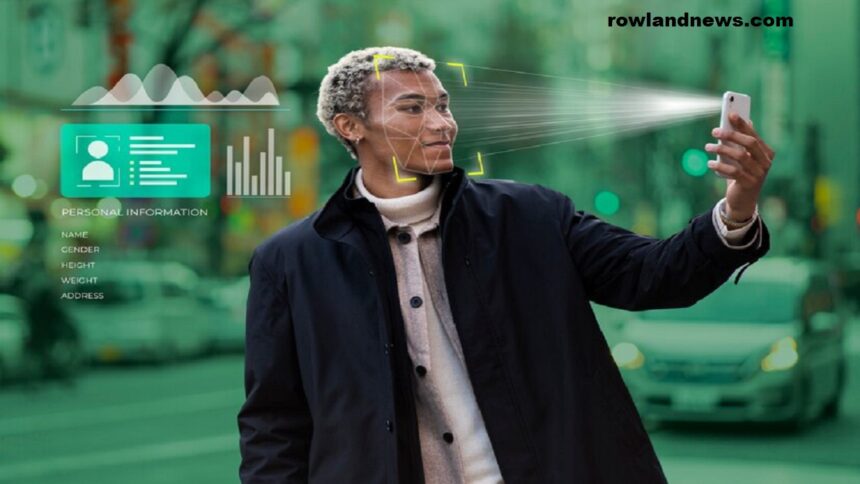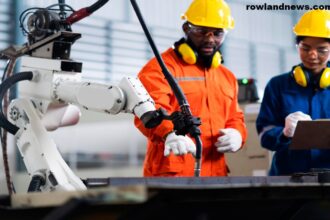Introduction
Imagine Knowing What Your Customers Want Before They Do
In a world driven by data, wouldn’t it be game-changing to see into the future to predict what your customers need, when your systems might fail, or how your market will evolve?
Well, we’re already living in that future.
Thanks to the rise of Artificial Intelligence (AI) in Predictive Analytics, businesses in 2025 are no longer making decisions solely based on past performance. They’re anticipating future trends, customer behaviors, and potential risks—then using those insights to gain a powerful competitive edge.
This isn’t just about numbers or dashboards anymore. It’s about transforming how businesses think, plan, and grow.
What Is Predictive Analytics with AI?
At its core, predictive analytics uses historical data, machine learning algorithms, and statistical techniques to forecast future outcomes. When powered by AI, this process becomes significantly more powerful, scalable, and most importantly actionable.
Unlike traditional analytics that merely reports what has happened, AI-based predictive models answer questions like:
- What will likely happen next?
- What are the chances of customer churn?
- Which marketing channel will yield the best ROI next quarter?
In short: AI doesn’t just crunch numbers. It learns from them.
How AI Supercharges Predictive Analytics
1. Speed and Scalability
AI can process massive datasets in seconds datasets that would take humans months to analyze. This speed allows businesses to make real-time decisions based on up-to-the-minute insights.
For example, Amazon uses AI-driven predictive analytics to anticipate inventory demand at a micro-level sometimes predicting what you’ll buy before you even know you want it.
2. Pattern Recognition and Machine Learning
Machine learning algorithms detect patterns that would otherwise go unnoticed. AI systems learn from data over time, improving their predictions with every cycle.
A great example is Netflix’s recommendation engine. It doesn’t just show popular shows it predicts what you’ll like based on what people like you have watched. That’s machine learning in action.
3. Personalized Customer Insights
AI helps companies understand not just what customers are doing but why. Predictive models segment audiences, identify behavior trends, and deliver highly targeted marketing.
According to a Harvard Business Review, AI-enhanced customer segmentation has helped businesses achieve up to 15% increase in sales productivity.
Real-World Applications: How AI Is Already Shaping Strategy in 2025
Retail: Optimizing Inventory and Marketing
Retail giants like Walmart and Zara are using predictive models to manage stock levels, forecast demand, and tailor promotions.
Imagine this: a store knows you’re likely to run out of dog food in three days so they send you a coupon the day before. That’s predictive marketing.
Healthcare: Saving Lives with Early Detection
AI-driven predictive analytics is revolutionizing healthcare. Systems now analyze patient records, genetic data, and even wearable device input to predict disease risks before symptoms appear.
A recent NIH report showed that AI models can predict sepsis up to 48 hours in advance, reducing ICU admissions and mortality.
Banking: Fraud Prevention and Credit Scoring
Financial institutions are leveraging AI to detect unusual transaction patterns and flag potential fraud in real time. They also use predictive analytics to assess creditworthiness more accurately than traditional scoring systems.
For instance, JPMorgan Chase uses machine learning to analyze over 150 data points per customer, improving loan risk evaluation while minimizing defaults.
Manufacturing: Predictive Maintenance
AI helps companies like Siemens predict equipment failure before it happens, minimizing downtime and avoiding costly repairs. This leads to just-in-time maintenance saving both time and money.
Business Benefits of AI-Powered Predictive Analytics
| Benefit | Impact |
| Faster Decision-Making | Real-time insights for quicker, smarter decisions |
| Cost Reduction | Avoid losses via predictive maintenance and planning |
| Enhanced Customer Loyalty | Personalized experiences build deeper relationships |
| Revenue Growth | Smarter forecasting = better marketing + sales |
| Competitive Advantage | Predict future trends before the market reacts |
By 2025, companies that have embraced AI for predictive analytics are leading their industries not playing catch-up.
Getting Started: What Businesses Should Know
If you’re thinking about leveraging AI for predictive analytics, consider these essential steps:
- Start with Clean, High-Quality Data
AI is only as good as the data it feeds on. Ensure your systems are collecting accurate, relevant, and timely data. - Choose the Right Tools and Platforms
Tools like IBM Watson, Google Cloud AI, and Azure Machine Learning offer robust predictive analytics capabilities. - Invest in Talent or Partnerships
Hire data scientists or partner with firms that specialize in AI and analytics. - Align with Business Goals
Whether it’s reducing churn or boosting supply chain efficiency, ensure your predictive efforts are tied to clear KPIs. - Ensure Compliance and Ethics
Stay updated on AI regulations and data privacy laws (like the GDPR or U.S. AI Bill of Rights). Transparency builds trust.
The Future of Strategy Is Predictive
AI for predictive analytics isn’t a futuristic fantasy it’s a present-day business imperative. As we move deeper into 2025, those leveraging this tech are not only responding to change they’re anticipating it.
Whether you’re in retail, healthcare, finance, or manufacturing, predictive analytics has the power to transform how you serve customers, manage operations, and grow strategically.
The businesses that win tomorrow are the ones that listen to their data today.
Ready to Harness the Power of AI?
If you’re curious about how predictive analytics can help your business grow in 2025 and beyond, now’s the time to explore.
Start small. Think big. Act fast.
Don’t just react, predict.
Useful Resources:














